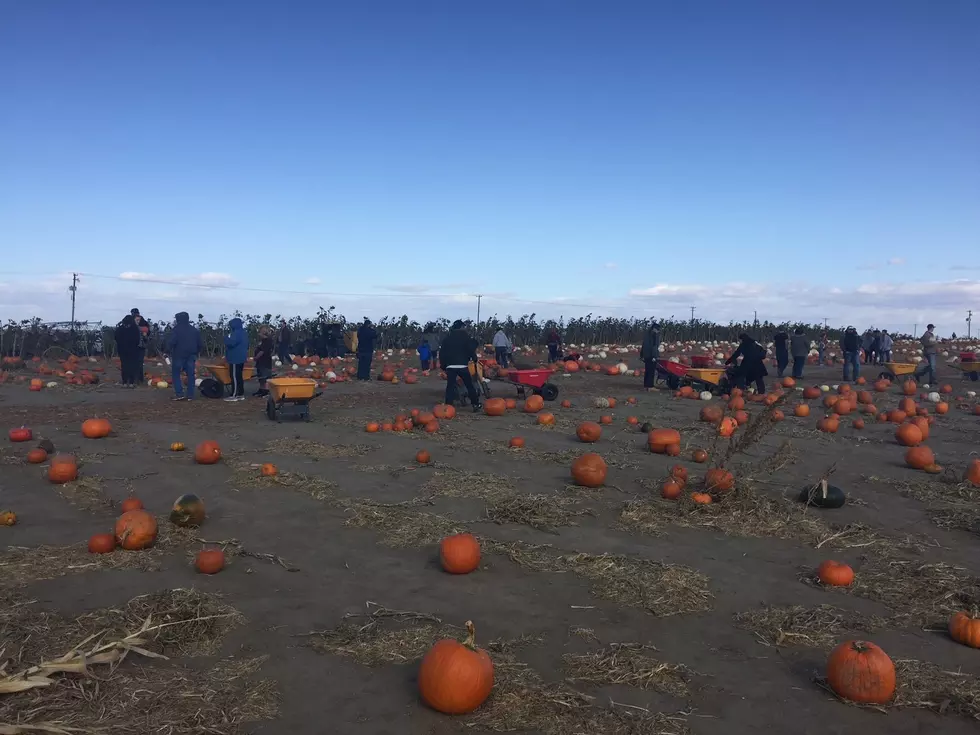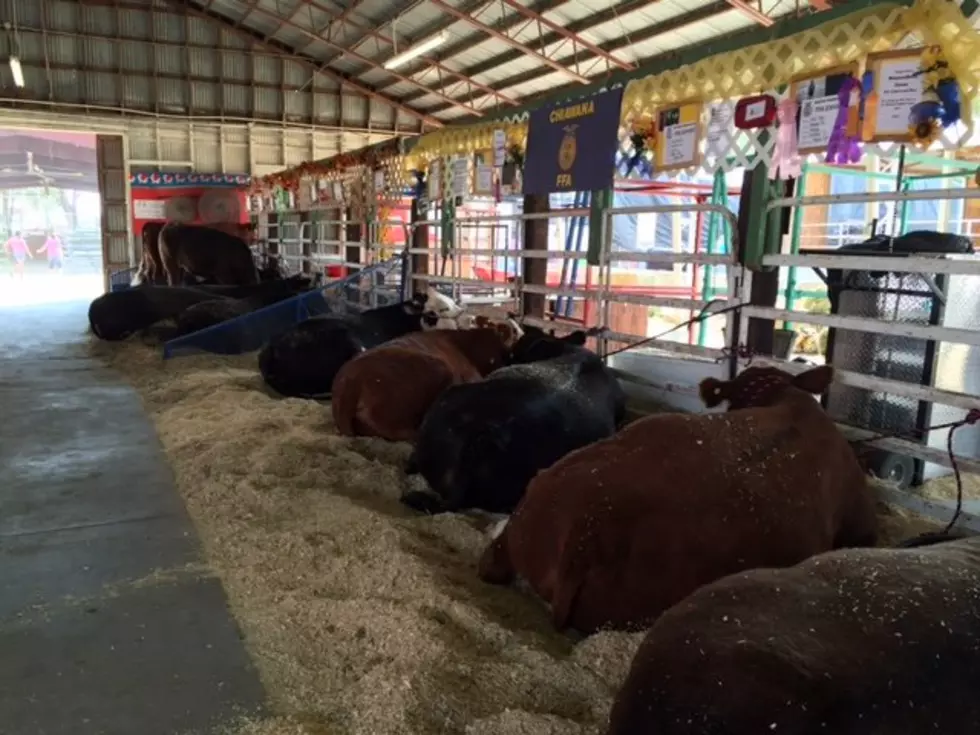
WSU Warning Wheat Growers Of Snow Mold
A casualty of this long, drawn out winter could be several acres of winter wheat across Central and Eastern Washington. WSU is warning of the potential for snow mold, from Waterville to Pullman and all points in between. WSU’s Tim Murray says in Washington, there are four fungi that typically lead to snow mold.
“Two of them are the main ones that we’re concerned about, speckled snow mold and pink snow mold.”
When wheat is under the snow for 100 days, the fungi gets the right amount of moisture at the right temperature to thrive.
“They take advantage of the situation basically and when those temperatures occur, they germinate from these survival structures they start growing over the surface of the plant, under the snow, and they’re using it as a food source.”
Murray notes these fungi are not particular, which means snow mold is a possibility on canola as well. What options to farmers have? Very few. Murray said any treatment should have been done in the fall, via planting a resistant variety, or spraying a fungicide, which is what most golf courses do to combat snow mold.
If you have a story idea for the Washington Ag Network, call (509) 547-1618, or e-mail gvaagen@cherrycreekradio.com
More From PNW Ag Network









